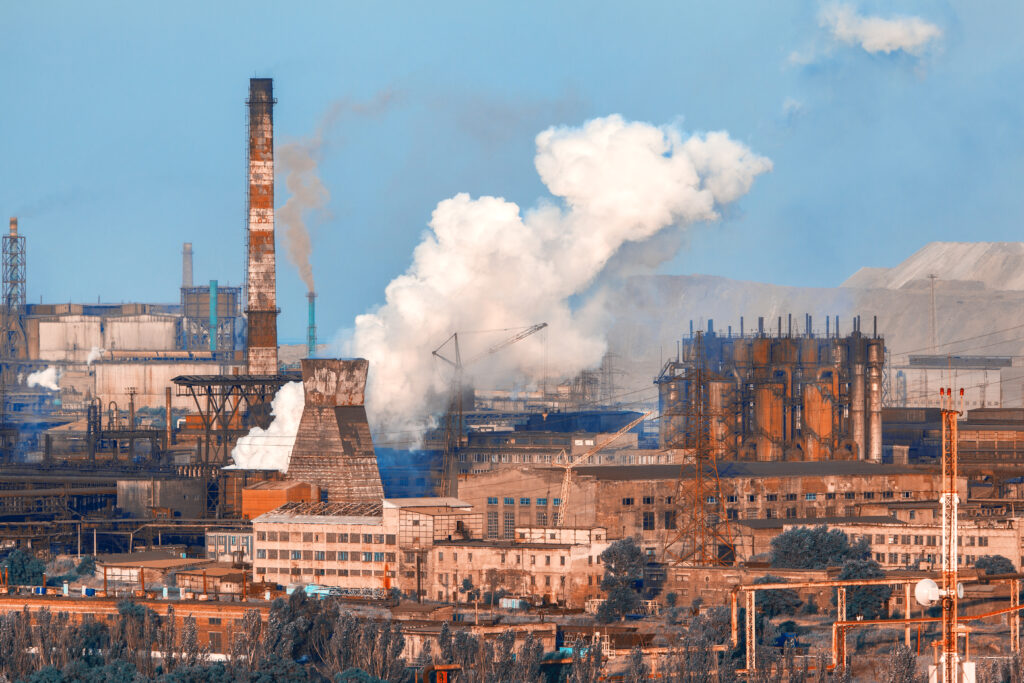Job Hazard Analysis and Risk Assessment stand out in the realm of workplace safety and occupational health.
Both are indispensable tools for identifying and mitigating potential workplace hazards and risks, but they differ in scope, application, and methodology.
This post compares Job Hazard Analysis and Risk Assessment by exploring their core principles, processes, benefits, and limitations.
We also introduce you to FAT FINGER, a no-code application builder that you can use to build RA and JHA workflows.
Job Hazard Analysis (JHA)
A Job Hazard Analysis, also known as a Job Safety Analysis (JSA) or Task Hazard Analysis (THA), is a systematic process used to identify, assess, and control workplace hazards associated with specific tasks or jobs.
The primary focus of JHA is on the identification and mitigation of immediate and task-specific hazards. Here’s a breakdown of the key aspects of JHA:

Scope of a Job Hazard Analysis
JHA is task-oriented, meaning it is conducted for individual job tasks or processes. It aims to dissect a job into its essential components and evaluate the potential hazards associated with each step.
For example: When preparing for oil drilling, workers use vehicles to move equipment onto the site.
A job hazard analysis of this task (using vehicles to move equipment on drilling site) might reveal the following common hazards:
- Being run over by trucks backing up
- Equipment being knocked over by vehicles
- Being caught up or crushed between equipment or vehicles
You may come up with the following solutions to prevent these hazards from happening:
- Drivers should sound a signal before backing up, and asking all workers to stand aside.
- Drivers should move their vehicles slowly and rely on instructions from a land guide.
- Communication: Inform workers of the expected location on the site of the equipment being moved.
- Conduct vehicle inspection before a job to prevent breakdown when moving heavy equipment.
JHA Methodology
The JHA process typically involves a team of workers, supervisors, and safety experts.
They collectively examine each job step to identify hazards, assess the severity and likelihood of incidents, and develop control measures to eliminate or reduce risks.
Benefits of a JHA
- JHA enhances worker awareness of specific hazards related to their tasks.
- It promotes proactive hazard mitigation, reducing the likelihood of accidents and injuries.
- By breaking jobs into manageable steps, JHA allows for precise documentation of procedures.
Limitations of a JHA
- JHA is time-consuming and can be resource-intensive when you apply it to numerous job tasks.
- It may not effectively capture broader organizational or systemic risks.
- JHA is limited to tasks within the scope of existing job roles.
You can minimize some of these limitations by streamlining safety procedures such as maintenance scheduling with FAT FINGER.
Risk Assessment (RA)
Risk Assessment is a more comprehensive approach that evaluates both immediate and systemic risks within an organization.
It seeks to identify and prioritize potential hazards, considering a wide range of factors, including environmental, operational, and organizational influences.
Here are the key aspects of Risk Assessment:
Scope of Risk Assessment (RA)
RA encompasses a broader spectrum of risks, including physical, chemical, biological, ergonomic, psychosocial, and more.
You can conduct risk assessment at the task level but also to assess the overall risk profile of your organization.
Risk Assessment (RA) Methodology
Risk Assessment involves a structured process that includes:
- Hazard identification
- Risk analysis (evaluating the severity and likelihood of incidents)
- Evaluation (determining risk levels)
- Risk control (implementing control measures)

To conduct a risk assessment, you’ll often rely on quantitative methods such as risk matrices.
As FAT FINGER is fully customizable, you can build a risk assessment workflow tailored for each task and subtask.
Benefits of Risk Assessment (RA)
- RA provides a holistic view of risks, helping organizations allocate resources efficiently.
- It aids in regulatory compliance by addressing a wide range of hazards.
- RA supports long-term strategic planning for risk management.
Comparison and Conclusion
Limitations of Risk Assessment (RA)
- Risk assessment can be complex and time-consuming, requiring specialized expertise.
- The subjectivity involved in risk assessment, especially in assigning probabilities and severity ratings, can introduce bias.
- RA may not capture task-specific hazards with the same granularity as JHA.
Final Recap of JHA vs RA
In summary, Job Hazard Analysis and Risk Assessment serve distinct but complementary purposes in the field of occupational safety.
- JHA is task-focused and ideal for identifying and mitigating immediate hazards associated with specific jobs.
- Risk Assessment offers a broader perspective, encompassing systemic risks and facilitating long-term risk management strategies.
In practice, you can use both methodologies to ensure a comprehensive approach to workplace safety.
- For day-to-day safety in specific tasks, conduct a job safety analysis.
- To guide strategic decisions and resource allocation at the organizational level, conduct a risk assessment.
By leveraging the strengths of both approaches, you can create a safer and healthier workplace for your employees, comply with regulatory requirements, and promote continuous improvement in safety practices.
Simplify Job Hazard Analysis and Risk Assessment with FAT FINGER
FAT FINGER is a cutting-edge safety management software solution that streamlines Job Hazard Analysis and Risk Assessment.
Key Features of FAT FINGER
User-Friendly Reporting: You can swiftly and accurately record incidents using an intuitive interface, ensuring precision and efficiency.
Real-Time Collaboration: FAT FINGER enables instant communication among teams, supervisors, and management, expediting response times and promoting seamless collaboration.
Data-Driven Insights: The software compiles incident data to generate comprehensive reports and visualizations, empowering organizations to make well-informed decisions.



